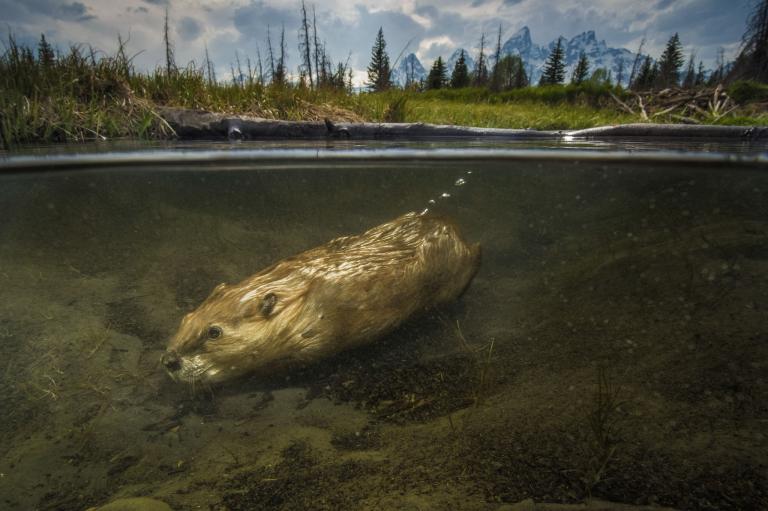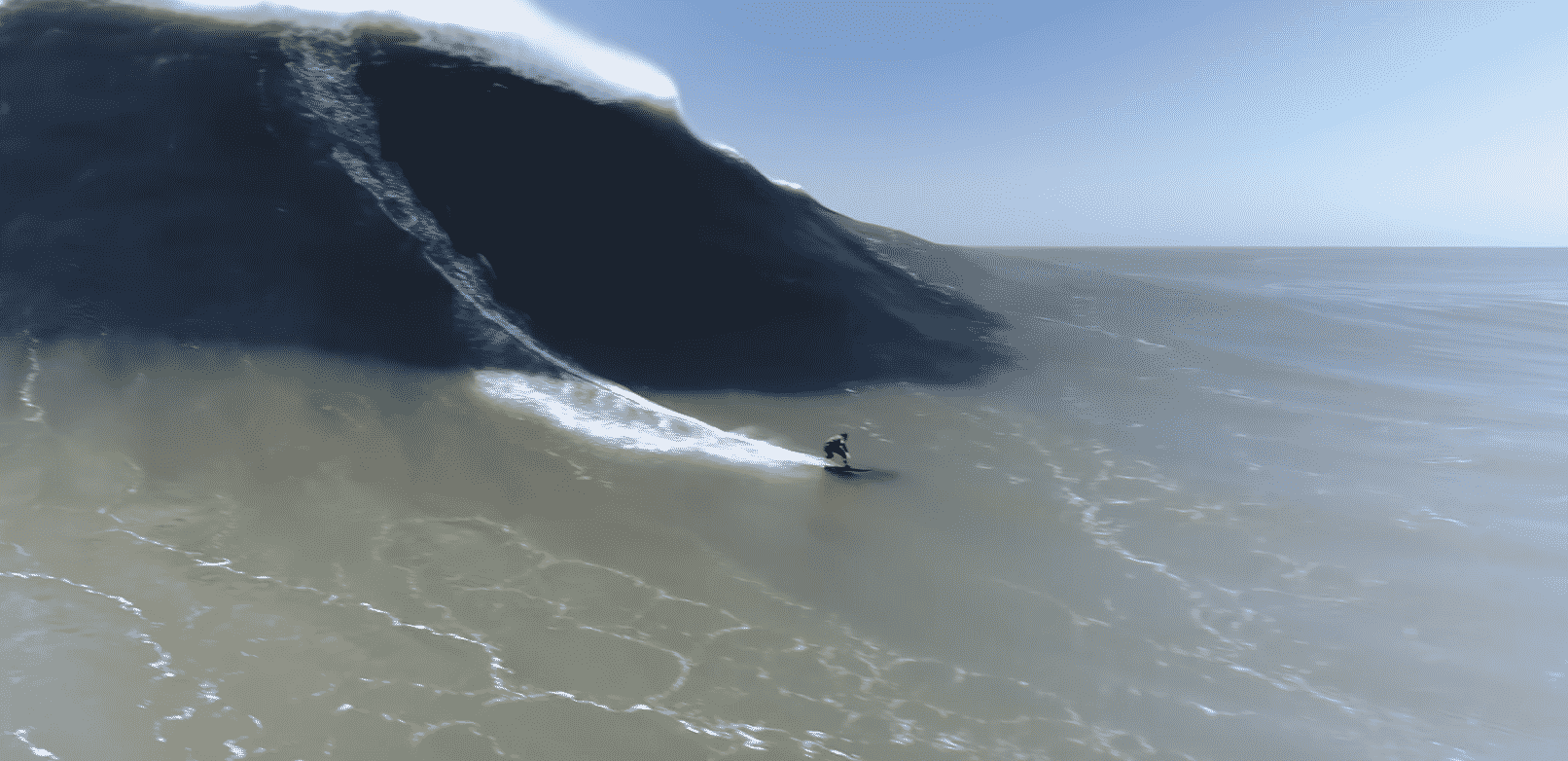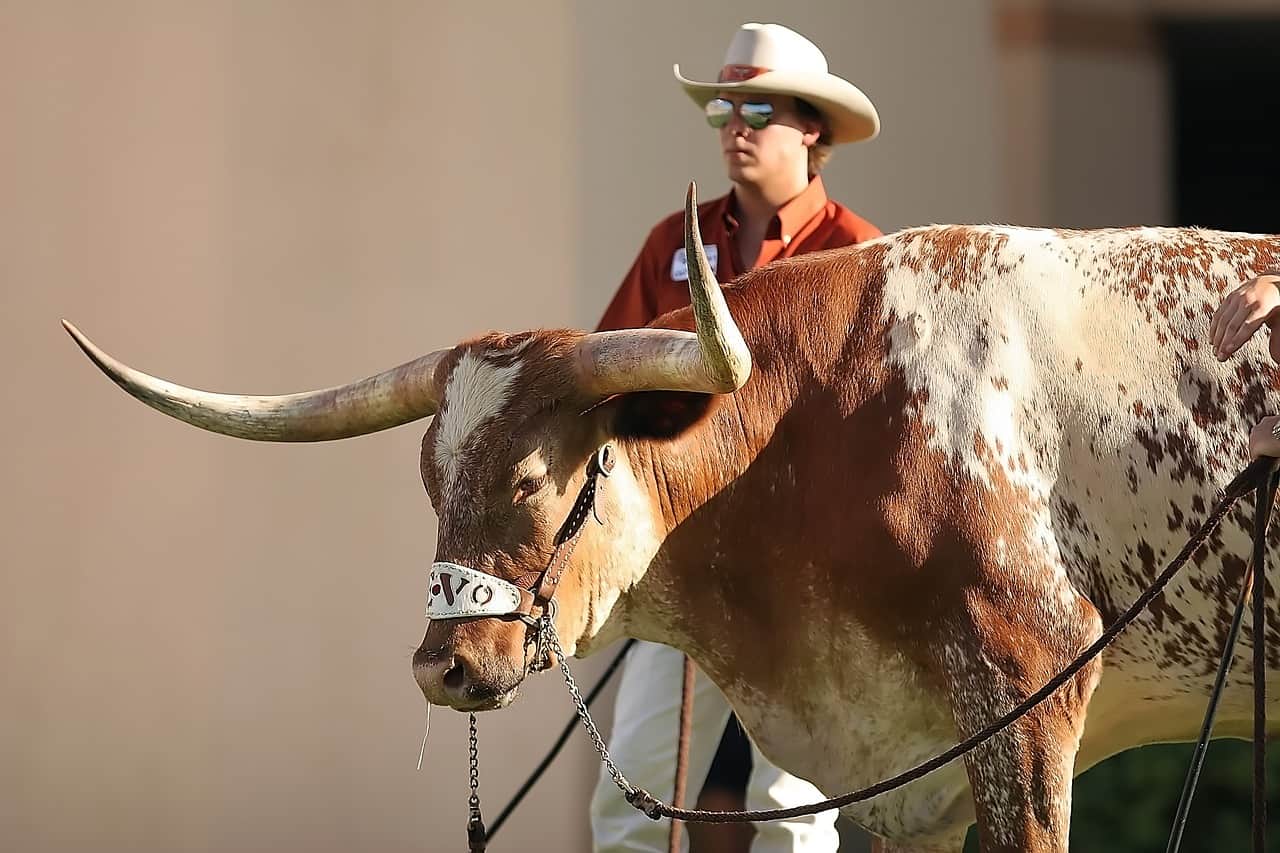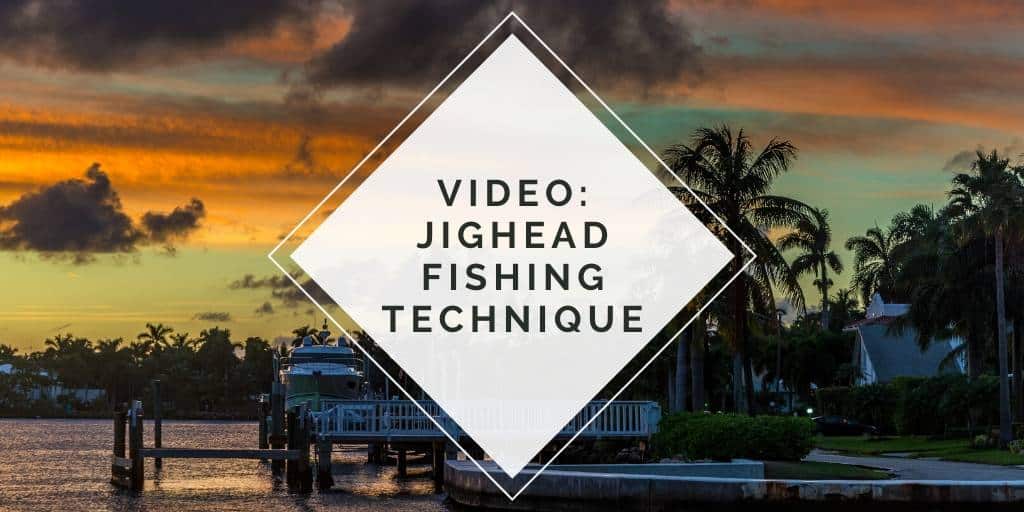
According to National Geographic, underwater photography isn’t featured by them very often because it’s hard to get great underwater photos.
It’s clear that isn’t the case for these 15 incredible underwater shots that NG has dubbed the best underwater photos of 2016. Looking at them, we find it hard to disagree with them.
Each photo shows a different side to our world we don’t often get the chance to see, much less experience. These photos certainly reveal that there’s beauty everywhere, especially in the unseen.
Silversides swirl through mangroves like a river in the sea. The dense forest of roots offers welcome shelter for the finger-size fish, which form large schools to try to confuse predators. Mangroves enhance reefs by providing a nursery area for vulnerable creatures and by trapping sediment that can smother coral. They also store carbon that might otherwise contribute to global warming.
This photo originally published in “Cuba’s Underwater Jewels Are in Tourism’s Path,” in November 2016.
PHOTOGRAPH BY DAVID DOUBILET AND JENNIFER S. HAYES, NATIONAL GEOGRAPHIC
A trio of silky sharks (Carcharhinus falciformis) gleams against the blue Caribbean Sea. Healthy reefs support a food chain that links plankton to predators.
This photo originally published in “Cuba’s Underwater Jewels Are in Tourism’s Path,” in November 2016.
PHOTOGRAPH BY DAVID DOUBILET AND JENNIFER S. HAYES, NATIONAL GEOGRAPHIC
With jaws and teeth designed to crush and shear hard objects such as turtle shells, a tiger shark faced with a foreign object—like a camera—can afford to bite first and worry about edibility later.
This photo originally published in “He Went Face-to-Face With Tiger Sharks,” in June 2016.
PHOTOGRAPH BY BRIAN SKERRY, NATIONAL GEOGRAPHIC
Scientists consider crocodiles the engineers of the mangrove ecosystem because they create pathways that improve nutrient circulation. Increasing numbers of super predators, such as crocodiles and sharks, are key indicators of a balanced ecosystem.PHOTOGRAPH BY DAVID DOUBILET AND JENNIFER S. HAYES, NATIONAL GEOGRAPHIC
A squadron of Caribbean reef squid (Sepioteuthis sepioidea), known for their voracious appetites and ability to communicate by rapid changes in skin color and patterns, hunts for a meal.
This photo originally published in “Cuba’s Underwater Jewels Are in Tourism’s Path,” in November 2016.
PHOTOGRAPH BY DAVID DOUBILET AND JENNIFER S. HAYES, NATIONAL GEOGRAPHIC
Besides silky sharks, predators in Gardens of the Queen include large fish such as this black grouper(Mycteroperca bonaci), seen here consuming a snapper.
This photo originally published in “Cuba’s Underwater Jewels Are in Tourism’s Path,” in November 2016.
PHOTOGRAPH BY DAVID DOUBILT AND JENNIFER S. HAYES, NATIONAL GEOGRAPHIC
After being nearly eradicated by trappers in the mid-1800s, beavers are making a comeback in the West, including in Grand Teton National Park.
This photo was originally published in “Photographer Charlie Hamilton James on Yellowstone,” in May 2016.
PHOTOGRAPH BY CHARLIE HAMILTON JAMES, NATIONAL GEOGRAPHIC
The speckles on this Capricorn night octopus, Callistoctopus alpheus, are cells full of pigment. If the animal were to open them all, it would appear red with white polka dots.
This photo was originally published in “Why Do Octopuses Remind Us So Much of Ourselves?” in November 2016.
PHOTOGRAPH BY DAVID LIITTSCHWAGER, NATIONAL GEOGRAPHIC
Schools of bluestriped grunts (Haemulon sciurus) and schoolmaster snappers(Lutjanus apodus) fill the space between broad branches of elkhorn coral(Acropora palmata). Fast growing but fragile, elkhorn coral is a critically endangered species. It has virtually disappeared throughout most of the Caribbean—but populations of it remain in the Gardens of the Queen.
This photo originally published in “Cuba’s Underwater Jewels Are in Tourism’s Path,” in November 2016.
PHOTOGRAPH BY DAVID DOUBILET AND JENNIFER S. HAYES, NATIONAL GEOGRAPHIC
Cutthroat trout, seen here spawning in the Gros Ventre River, are highly prized by anglers. Adapted to cold water, they’re threatened by a warming climate—and in Yellowstone Lake, by non-native lake trout.
This photo was originally published in “The Yellowstone We Don’t See: A Struggle of Life and Death,” in May 2016.
PHOTOGRAPH BY CHARLIE HAMILTON JAMES, NATIONAL GEOGRAPHIC
At the bottom of a cypress swamp in the northern Everglades, an American alligator waits for prey. As rising seas force salt water into the Everglades, alligators may be edged out by crocodiles, which can excrete excess salt through their tongues.
This photo was originally published in “How the Parks of Tomorrow Will Be Different,” in December 2016.
PHOTOGRAPH BY KEITH LADZINSKI, NATIONAL GEOGRAPHIC
A diver keeps a close watch on a tiger shark in the Bahamas. But the scene may not be as dangerous as it looks: Tigers rely on surprise to hunt prey and are unlikely to attack divers who keep them in sight.
This photo originally published in “He Went Face-to-Face With Tiger Sharks,” in June 2016.
PHOTOGRAPH BY BRIAN SKERRY, NATIONAL GEOGRAPHIC
Surrounded by giant green anemones, a lone ocher sea star feeds on mussels and barnacles. Since 2013 sea stars along the Pacific coast have been dying in unprecedented numbers. Scientists suspect that warmer seas are weakening the species’ resistance to disease.
This photo was originally published in “How the Parks of Tomorrow Will Be Different,” in December 2016.
PHOTOGRAPH BY KEITH LADZINSKI, NATIONAL GEOGRAPHIC
Oceanic whitetips and pilot fish share the water, but the sharks’ relationship with humans has been troubled. Commercial fishing has vastly depleted the once ubiquitous species.
This photo was originally published in “These Sharks Once Ruled the Seas. Now They’re Nearly Gone,” in August 2016.
PHOTOGRAPH BY BRIAN SKERRY, NATIONAL GEOGRAPHIC
A critically endangered hawksbill sea turtle hatchling (Eretmochelys imbricata), about three inches long, paddles away from shore under the protective cover of dusk. Cuba banned the harvest of sea turtles in 2008.
This photo originally published in “Cuba’s Underwater Jewels Are in Tourism’s Path,” in November 2016.
PHOTOGRAPH BY DAVID DOUBILET AND JENNIFER S. HAYES, NATIONAL GEOGRAPHIC
All pictures and descriptions courtesy of National Geographic







